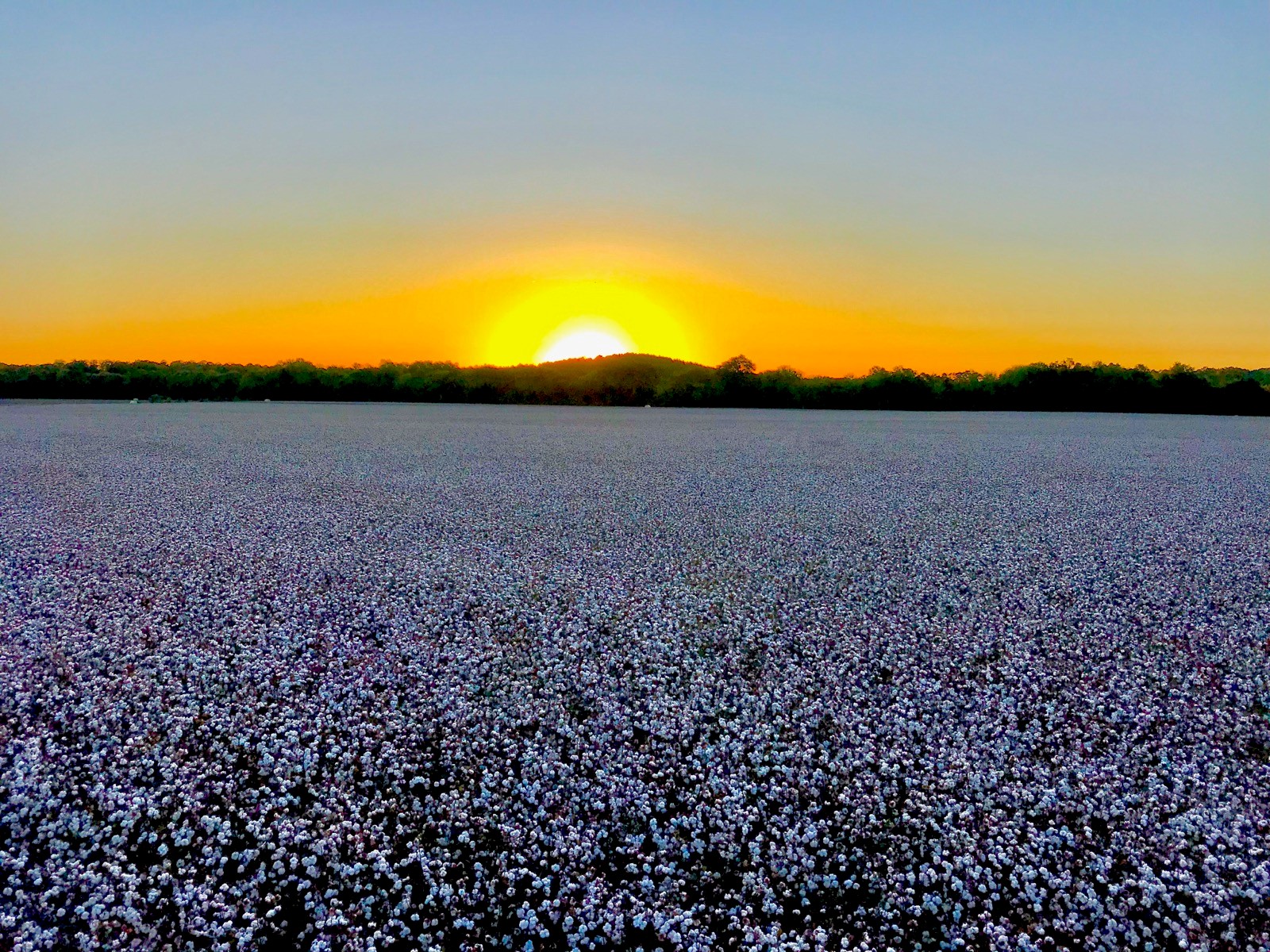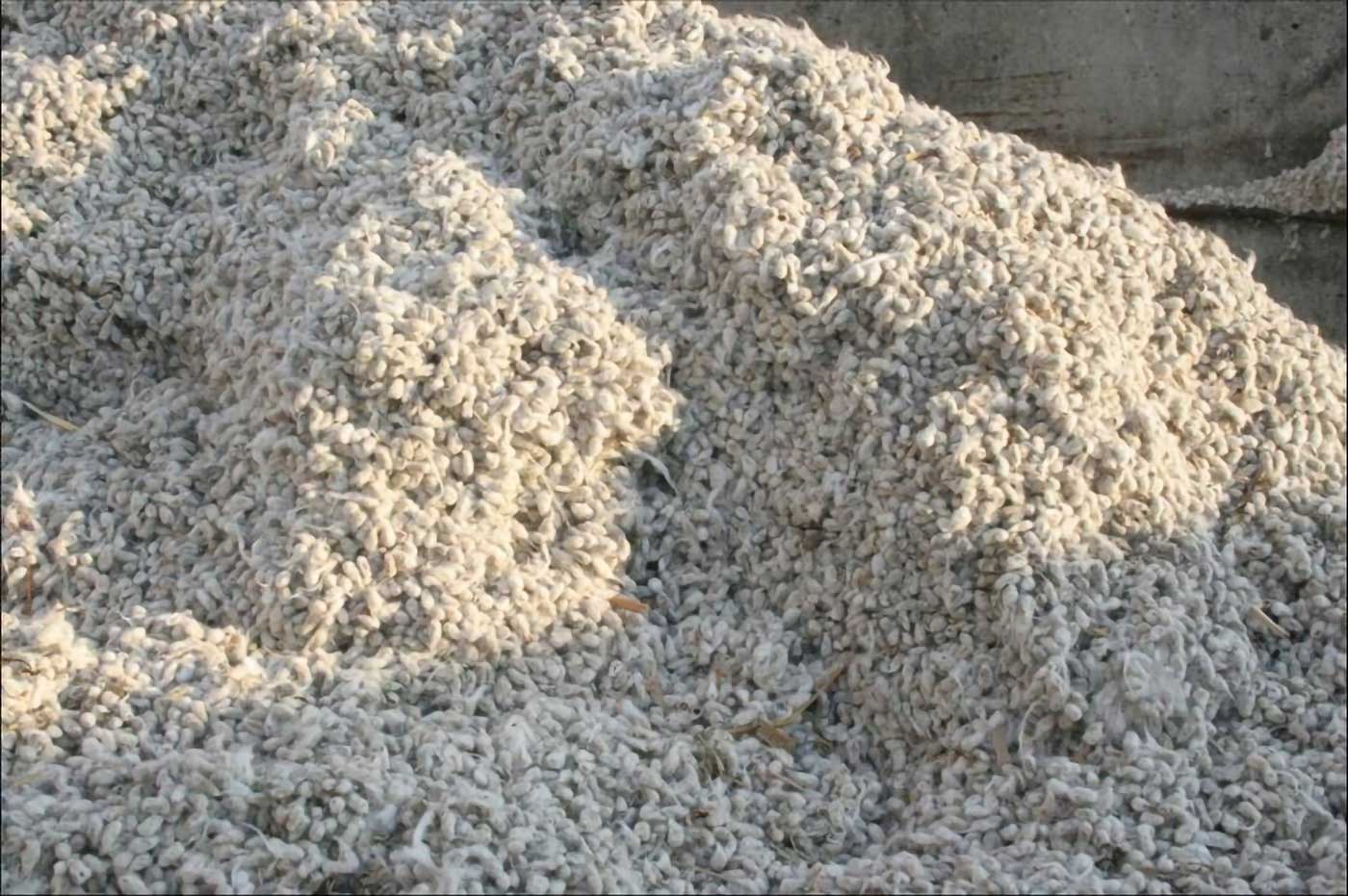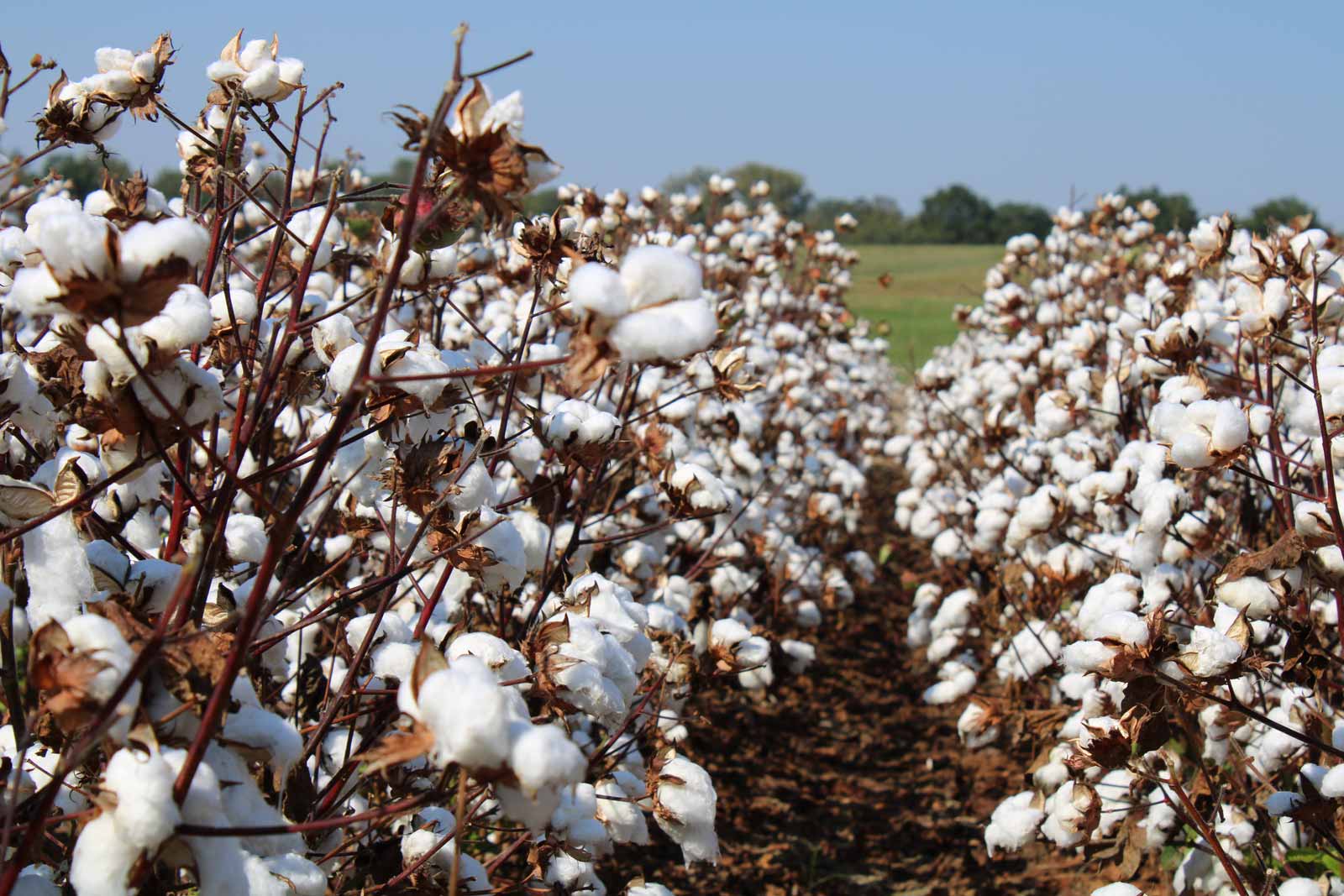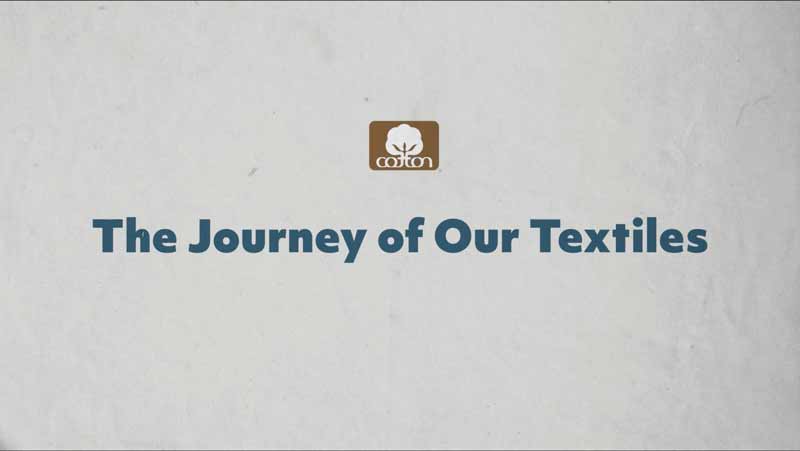Sustainable success starts with innovation and collaboration. The Precision Partnership for Working Lands program does just that by integrating agricultural economics, cutting edge geospatial technology, and wildlife conservation to deliver profitable producer outcomes with tangible environmental benefits.
National Fish and Wildlife Foundation (NFWF) Conservation Partners Program, Quail Forever, and Cotton Incorporated unveiled the precision agriculture planning program to cotton producers in the southern United States with focus in Georgia this past spring. The collaboration sets out to identify positive economic return opportunities for cotton producers in this region. The program conducts outreach and promotion efforts to increase awareness of the benefits of precision agriculture integration and ROI (return on investment) at the sub-field scale.
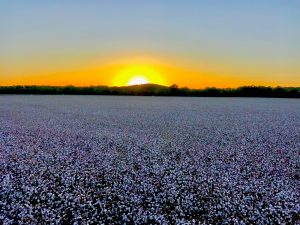
Image Courtesy of Chaz Holt
Boots on the ground in Georgia to kick-off the program is Chaz Holt, precision agriculture and conservation specialist (officially). He personally assists landowners helping them understand the benefits of precision agriculture practices and the technology for growers incorporating a full scope of analysis for a new land management strategy.
Holt and cotton producers, including Nick McMichen and the Davis family, analyze precision agriculture data and farm records, such as:
– field maps
– yield maps (current and historical)
– soil maps
– crop budgets
Nick McMichen of Alabama, says he’s a steward of his 1,000 acres in Floyd County, Ga. He adopted the program for the 2019 production season, his 31st year of gowning cotton. His goal from the program: “utilize my land to its fullest extent while benefiting wildlife and the environment.”
The Davis Family Farms joined the program for their 35th crop season with about 5,100 acres. Bart Davis with sons Trey and Jedd incorporate cover crops and managed water systems into their field operations and have for the past 10 years. “Our land is our biggest asset. We know that managing our resources is essential for the perpetuity of the industry.”
These practices combined with the collaborative program illustrate the steps U.S. cotton producers take in responsible farming and strive for continuous improvement to reduce their environmental footprint and reaching the industry’s sustainability goals for 2025.
The Davis family sees tremendous value in collaborating across the industry. “Though these partnerships, we can combine resources to have the best programs and management.” Initially, finding the time to implement the program can be a challenge. “However, the success of the program makes the extra effort worth the while.”
McMichen encourages neighboring growers to get involved too. “There’s a reason U.S. farmers are best in the world, it is because of innovative programs such as the Precision Partnership for Working Lands. The information exchange with the collaborators is invaluable and utilizing the technology to identify areas for conservation helps us all succeed.”
